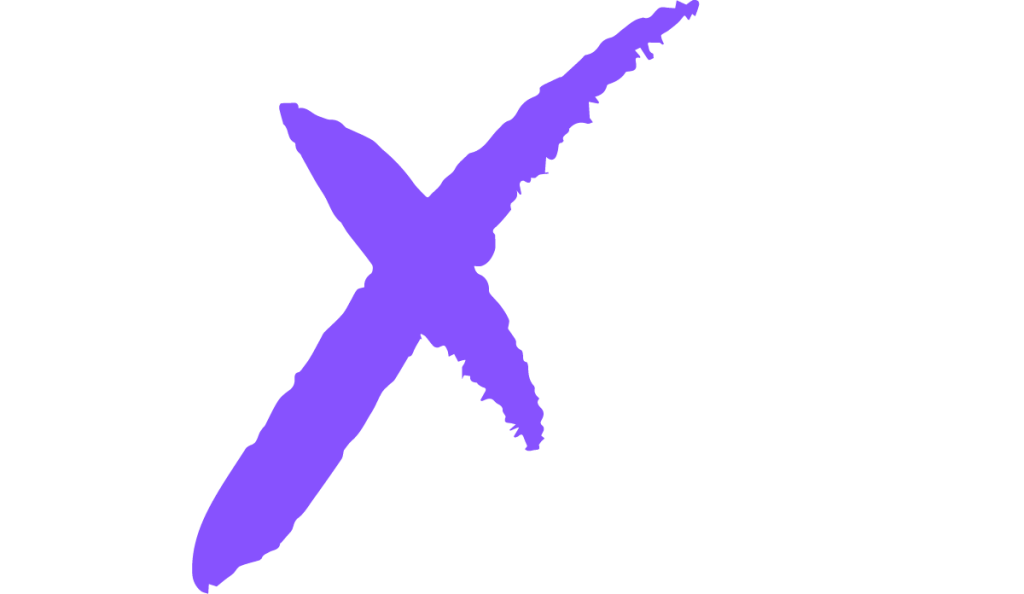In the ever-evolving world of digital marketing, staying ahead of the curve is essential for businesses looking to thrive in today’s competitive landscape. As technology continues to advance and consumer behaviour evolves, new trends emerge, reshaping the way brands connect with their audiences online. Let’s delve into some of the latest digital marketing trends that are shaping the industry in 2024.
1. Personalisation
Personalisation has become a cornerstone of effective digital marketing strategies. With consumers inundated with marketing messages, personalisation helps brands cut through the noise and deliver relevant content tailored to individual preferences and interests. From personalised email campaigns to targeted social media ads and dynamic website content, brands are leveraging data-driven insights to create more meaningful and engaging experiences for their audience.
2. Artificial Intelligence (AI) and Machine Learning
AI and machine learning are revolutionising digital marketing by enabling brands to automate processes, analyse vast amounts of data, and deliver more personalised experiences. AI-powered chatbots, for example, are transforming customer service by providing instant assistance to users and guiding them through the purchase journey. Moreover, machine learning algorithms are being used to optimise ad targeting, predict consumer behaviour, and improve campaign performance, ultimately driving better results for businesses.
3. Voice Search Optimisation
With the rise of voice-enabled devices such as smart speakers and virtual assistants, voice search has become increasingly prevalent. As a result, optimising content for voice search has become a priority for brands looking to enhance their online visibility. This includes adopting a conversational tone, targeting long-tail keywords, and providing concise answers to common queries. By embracing voice search optimisation, businesses can ensure that their content remains accessible and discoverable in the age of voice-activated technology.
4. Video Marketing
Video continues to dominate the digital landscape, with platforms like YouTube, TikTok, and Instagram reels captivating audiences worldwide. As attention spans shorten and visual content becomes increasingly popular, video marketing has emerged as a powerful tool for brands to engage with their target audience. Whether it’s product demonstrations, behind-the-scenes footage, or user-generated content, video allows brands to convey their message in a more compelling and memorable way, driving higher levels of engagement and brand awareness.
5. Social Commerce
Social media platforms have evolved beyond mere networking sites to become powerful e-commerce platforms in their own right. The integration of shopping features on platforms like Instagram, Facebook, and TikTok has given rise to social commerce, enabling brands to sell products directly to consumers without them having to leave the app. By leveraging social commerce tools such as shoppable posts and in-app checkout, businesses can streamline the purchase process and turn social media followers into loyal customers.
6. Sustainability and Purpose-Driven Marketing
Consumers are increasingly conscious of environmental and social issues, and they expect the brands they support to share their values. As a result, sustainability and purpose-driven marketing have gained traction, with brands aligning themselves with causes that resonate with their target audience. From eco-friendly packaging to charitable initiatives and ethical sourcing practices, businesses are demonstrating their commitment to making a positive impact on the world, while also appealing to socially conscious consumers.
7. Interactive Content
Interactive content has emerged as a powerful way to engage audiences and drive user participation. From quizzes and polls to interactive infographics and immersive experiences, interactive content encourages users to actively engage with brands, resulting in higher levels of interaction and brand recall. By incorporating interactive elements into their digital marketing campaigns, businesses can captivate their audience’s attention and foster deeper connections with their brand.
8. Influencer Marketing Evolution
Influencer marketing continues to evolve, with brands shifting towards long-term partnerships with micro and nano influencers rather than one-off collaborations with mega influencers. Micro influencers, who typically have smaller but highly engaged followings, are seen as more authentic and relatable by their followers, making them ideal brand ambassadors. Additionally, brands are embracing nano influencers, individuals with even smaller followings, to tap into niche communities and drive hyper-targeted engagement.
Conclusion
As the digital marketing landscape continues to evolve, staying abreast of the latest trends is essential for brands looking to remain competitive and relevant. From personalisation and AI to voice search optimisation and sustainability, embracing these trends can help businesses connect with their audience in more meaningful ways and drive tangible results in an increasingly digital world. By embracing innovation and adapting to changing consumer preferences, brands can position themselves for success in the dynamic and ever-changing world of digital marketing.

